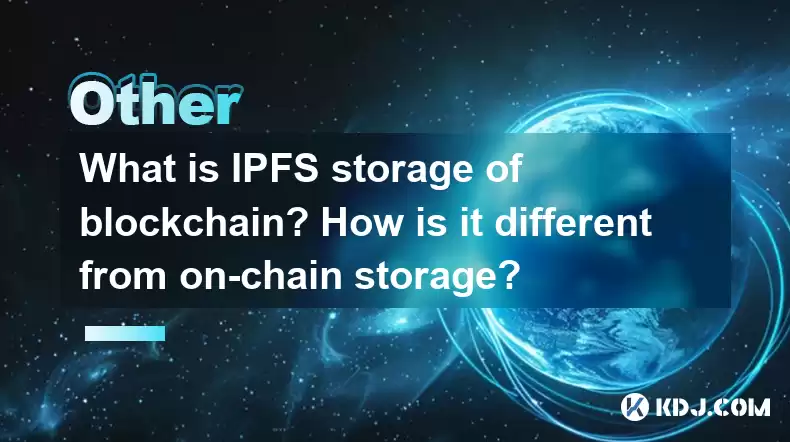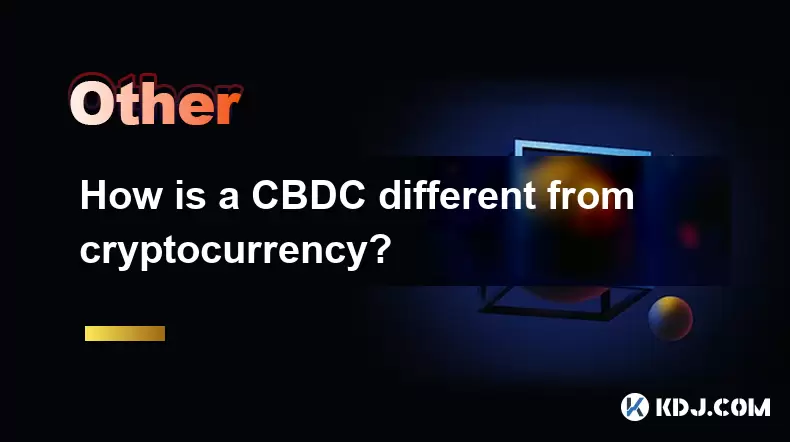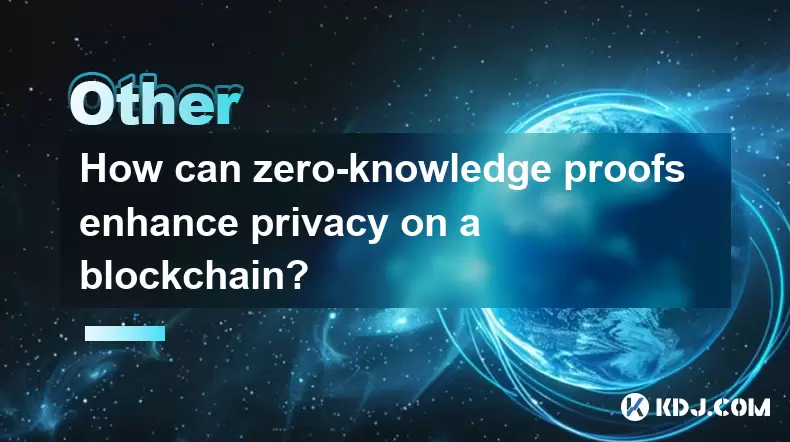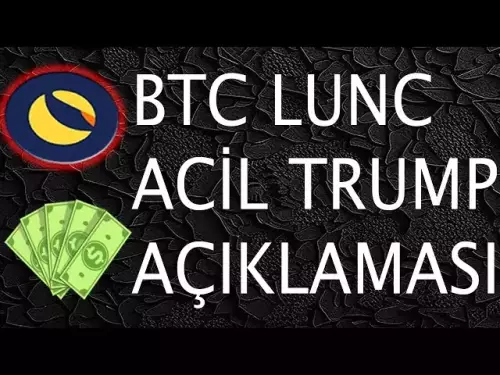-
 Bitcoin
Bitcoin $111300
1.55% -
 Ethereum
Ethereum $4588
5.20% -
 XRP
XRP $3.024
6.08% -
 Tether USDt
Tether USDt $1.000
0.02% -
 BNB
BNB $861.8
2.04% -
 Solana
Solana $196.5
4.54% -
 USDC
USDC $0.9999
0.02% -
 TRON
TRON $0.3520
2.26% -
 Dogecoin
Dogecoin $0.2182
4.62% -
 Cardano
Cardano $0.8666
3.60% -
 Chainlink
Chainlink $24.33
4.68% -
 Hyperliquid
Hyperliquid $48.66
11.30% -
 Stellar
Stellar $0.3973
4.14% -
 Ethena USDe
Ethena USDe $1.001
0.02% -
 Sui
Sui $3.462
3.66% -
 Bitcoin Cash
Bitcoin Cash $541.7
-0.02% -
 Hedera
Hedera $0.2428
6.33% -
 Avalanche
Avalanche $24.21
4.16% -
 UNUS SED LEO
UNUS SED LEO $9.503
-1.02% -
 Litecoin
Litecoin $113.8
5.49% -
 Toncoin
Toncoin $3.163
1.53% -
 Shiba Inu
Shiba Inu $0.00001257
5.45% -
 Cronos
Cronos $0.2079
32.53% -
 Polkadot
Polkadot $3.895
4.54% -
 Uniswap
Uniswap $9.923
2.63% -
 Dai
Dai $0.9999
-0.02% -
 Bitget Token
Bitget Token $4.659
3.96% -
 Monero
Monero $281.4
5.49% -
 Aave
Aave $336.4
7.08% -
 Pepe
Pepe $0.00001015
5.15%
What is IPFS storage of blockchain? How is it different from on-chain storage?
IPFS enhances blockchain by offering scalable, off-chain storage, ensuring data integrity through content-addressing and reducing costs compared to on-chain storage.
Apr 29, 2025 at 10:49 pm

Introduction to IPFS Storage in Blockchain
IPFS, or InterPlanetary File System, is a decentralized storage solution that is increasingly being integrated with blockchain technology. Unlike traditional centralized storage systems, IPFS allows data to be stored across a network of nodes, making it more resilient and less prone to single points of failure. In the context of blockchain, IPFS is used to store large amounts of data that cannot be efficiently stored directly on the blockchain itself, which is typically referred to as on-chain storage.
How IPFS Works
IPFS operates on the principle of content-addressing, where files are identified by their content rather than their location. This means that each file or piece of data is given a unique hash based on its content. When you want to retrieve a file, you use this hash to locate it within the network. This system ensures that the data remains immutable and verifiable, which is crucial for blockchain applications.
- To use IPFS, you first need to install the IPFS software. You can download it from the official IPFS website.
- Once installed, you can add files to IPFS using the command line interface. For example, to add a file named 'example.txt', you would use the command
ipfs add example.txt. - After adding the file, IPFS generates a unique hash for it, which you can use to retrieve the file later. You can share this hash with others, and they can use it to access the file from any node on the IPFS network.
Advantages of Using IPFS with Blockchain
One of the primary advantages of using IPFS for blockchain storage is scalability. Blockchain networks, particularly those using on-chain storage, can become slow and expensive as more data is added. By offloading large files to IPFS, the blockchain can remain efficient and cost-effective.
Another benefit is data integrity. Since IPFS uses content-addressing, any change to a file results in a new hash, making it easy to detect if data has been tampered with. This is particularly useful for applications that require high levels of data integrity, such as supply chain management or legal documents on the blockchain.
Differences Between IPFS and On-Chain Storage
On-chain storage refers to the practice of storing data directly on the blockchain. This means that every node in the network must store a copy of the data, which can lead to scalability issues as the amount of data grows. In contrast, IPFS storage allows data to be stored off-chain, with only a reference to the data stored on the blockchain.
The key difference lies in data storage location and efficiency. On-chain storage is more secure and decentralized but less scalable. IPFS, on the other hand, offers better scalability and efficiency but relies on the integrity of the IPFS network.
Implementing IPFS in Blockchain Applications
To implement IPFS in a blockchain application, developers need to integrate IPFS into their smart contracts and user interfaces. Here’s a step-by-step guide on how to do this:
- Install IPFS: Ensure that the IPFS software is installed on the server or the user's machine.
- Add Data to IPFS: Use the IPFS command line or API to add the data to the IPFS network. For example,
ipfs add data.jsonwill add a JSON file to IPFS and return a hash. - Store the Hash on the Blockchain: Use a smart contract to store the hash of the file on the blockchain. This can be done by calling a function in the smart contract that accepts the hash as an argument.
- Retrieve Data from IPFS: When someone needs to access the data, they can use the hash stored on the blockchain to retrieve the file from the IPFS network. This can be done programmatically using the IPFS API or manually through the IPFS command line.
Use Cases of IPFS in Blockchain
IPFS is being used in various blockchain applications to enhance their functionality and efficiency. Some notable use cases include:
- Decentralized Applications (dApps): Many dApps use IPFS to store user data, application code, and other large files. This allows them to maintain a decentralized architecture while keeping the blockchain lightweight.
- Non-Fungible Tokens (NFTs): NFTs often store metadata and images on IPFS. This ensures that the data associated with an NFT remains accessible and verifiable, even if the original creator's server goes offline.
- Data Archiving: Blockchain projects that require long-term data storage, such as scientific research or historical records, can use IPFS to archive data in a decentralized manner.
Frequently Asked Questions
Q: Can IPFS be used with any blockchain?
A: Yes, IPFS can be integrated with any blockchain that supports smart contracts or off-chain data storage. Ethereum is a popular choice due to its robust smart contract capabilities, but other blockchains like Hyperledger Fabric and Polkadot also support IPFS integration.
Q: Is IPFS storage more secure than on-chain storage?
A: IPFS storage is not inherently more secure than on-chain storage. Both have their own security considerations. On-chain storage benefits from the security of the blockchain network, while IPFS relies on the integrity of the nodes storing the data. However, IPFS can be made more secure by using encryption and ensuring that the nodes are trustworthy.
Q: How does IPFS handle data redundancy?
A: IPFS uses a distributed hash table (DHT) to manage data redundancy. When you add a file to IPFS, it is split into smaller chunks, and each chunk is stored on multiple nodes. This ensures that the data remains available even if some nodes go offline.
Q: What are the costs associated with using IPFS for blockchain storage?
A: The costs of using IPFS for blockchain storage are generally lower than on-chain storage. You may need to pay for bandwidth and storage on IPFS nodes, but these costs are typically minimal compared to the fees associated with storing large amounts of data on a blockchain.
Disclaimer:info@kdj.com
The information provided is not trading advice. kdj.com does not assume any responsibility for any investments made based on the information provided in this article. Cryptocurrencies are highly volatile and it is highly recommended that you invest with caution after thorough research!
If you believe that the content used on this website infringes your copyright, please contact us immediately (info@kdj.com) and we will delete it promptly.
- Ethereum (ETH): Is the Correction an Investment Opportunity? Geoffrey Kendrick's $7,500 Target Still in Sight
- 2025-08-27 03:45:25
- Pi Coin, Toncoin, Cold Wallet Presale: Decoding 2025's Crypto Frontrunners
- 2025-08-27 03:45:25
- Crypto Picks for 2025: Unearthing 100x Potential
- 2025-08-27 02:45:12
- Coinbase's Crypto Expansion: Perpetual Futures for GMT, OMNI, and SNX – A New York Minute
- 2025-08-27 02:50:12
- Your Go-To Crypto Glossary, Plus How to Reach Us & What We're About
- 2025-08-27 03:05:12
- Trump Family, Crypto, and Crypto.com: A New York Minute on the Latest Developments
- 2025-08-27 01:05:14
Related knowledge

How does blockchain enable Web3?
Aug 13,2025 at 11:35am
Understanding the Role of Blockchain in Web3 InfrastructureBlockchain serves as the foundational layer upon which Web3 is built, enabling a decentrali...

How is a CBDC different from cryptocurrency?
Aug 12,2025 at 09:21am
Understanding the Core Nature of CBDCsA Central Bank Digital Currency (CBDC) is a digital form of a country’s sovereign currency, issued and regulated...

What is a CBDC (Central Bank Digital Currency)?
Aug 13,2025 at 11:36am
Understanding the Concept of a Central Bank Digital CurrencyA CBDC (Central Bank Digital Currency) is a digital form of a country’s fiat currency that...

How can zero-knowledge proofs enhance privacy on a blockchain?
Aug 12,2025 at 02:15am
Understanding Zero-Knowledge Proofs in Blockchain ContextZero-knowledge proofs (ZKPs) are cryptographic protocols that allow one party (the prover) to...

How does blockchain governance work?
Aug 13,2025 at 11:35am
Understanding Blockchain GovernanceBlockchain governance refers to the mechanisms and processes through which decisions are made about the development...

What is on-chain vs. off-chain data?
Aug 13,2025 at 11:35am
Understanding On-Chain Data in CryptocurrencyOn-chain data refers to all information that is permanently recorded and stored directly on a blockchain....

How does blockchain enable Web3?
Aug 13,2025 at 11:35am
Understanding the Role of Blockchain in Web3 InfrastructureBlockchain serves as the foundational layer upon which Web3 is built, enabling a decentrali...

How is a CBDC different from cryptocurrency?
Aug 12,2025 at 09:21am
Understanding the Core Nature of CBDCsA Central Bank Digital Currency (CBDC) is a digital form of a country’s sovereign currency, issued and regulated...

What is a CBDC (Central Bank Digital Currency)?
Aug 13,2025 at 11:36am
Understanding the Concept of a Central Bank Digital CurrencyA CBDC (Central Bank Digital Currency) is a digital form of a country’s fiat currency that...

How can zero-knowledge proofs enhance privacy on a blockchain?
Aug 12,2025 at 02:15am
Understanding Zero-Knowledge Proofs in Blockchain ContextZero-knowledge proofs (ZKPs) are cryptographic protocols that allow one party (the prover) to...

How does blockchain governance work?
Aug 13,2025 at 11:35am
Understanding Blockchain GovernanceBlockchain governance refers to the mechanisms and processes through which decisions are made about the development...

What is on-chain vs. off-chain data?
Aug 13,2025 at 11:35am
Understanding On-Chain Data in CryptocurrencyOn-chain data refers to all information that is permanently recorded and stored directly on a blockchain....
See all articles
























































































